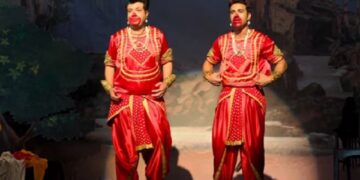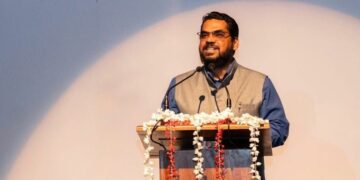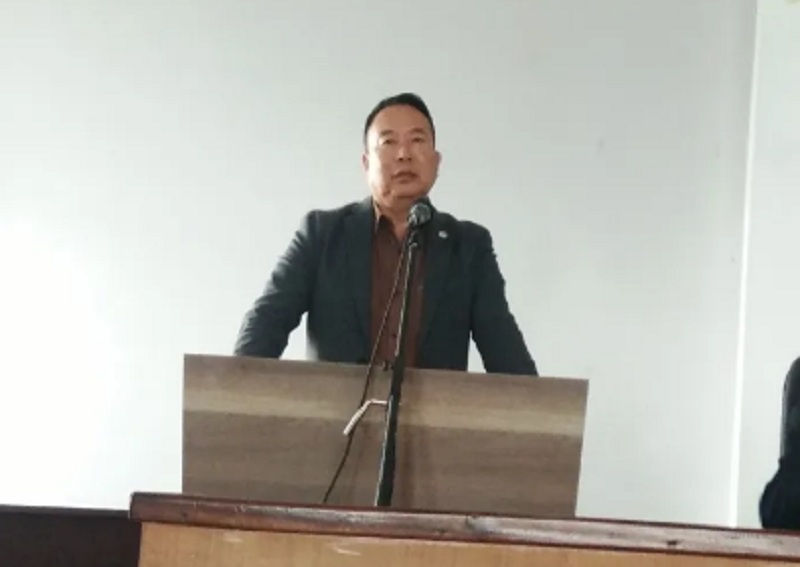KOHIMA: Naga People’s Front MLA Kuzholuzo (Azo) Nienu on Tuesday urged the Nagaland government to undertake a rational and data-driven review of the state’s job reservation policy.
He warned that making hasty decisions based on public agitation could further divide Naga society.
Citing data from the Personnel Information Management System and the Census of India, Azo highlighted the close parity in tribal population records, noting that minor differences were natural due to deaths, retirements, and new appointments.
“For instance, the Angamis have 13,256 as per PIMS and 13,239 as per Census, while the Aos show 21,093 in PIMS and 21,005 in Census—a slight variation,” Azo told the Assembly during the question hour.
In a show of support for the five major tribes—Ao, Angami, Lotha, Rengma, and Sumi—and their call for a review of the reservation policy, Azo stated that while he backs their demand, he does not agree with using agitation as a way to resolve the issue.
He stressed that the 1977 notification on job reservations was clear in identifying tribes that were educationally and economically backward, with insignificant representation in government service.
“The simple answer is that those tribes which no longer fit the criteria should be pulled out from the backward quota,” he asserted.
Azo stated that the main goal of the reservation policy is to promote social justice and equality. The policy aims to correct historical disadvantages and ensure fair representation in governance.
Welcoming the government’s decision to constitute the Reservation Review Commission, he placed four suggestions: assess the total population of each tribe, collect department-wise employment data categorized by tribes, determine whether employment numbers are proportionate to population size, and also to base solutions on updated population and employment records.
He also questioned anomalies in the Konyak quota allocation, where seven tribes with a combined population larger than the Konyaks were given the same 25 percent reservation.
ALSO READ: Nagaland University launches project to develop grammar for 18 Naga languages
Similarly, he cited examples of disproportion that “the Chakhesangs with a population of 1.54 lakh and the Zeliangs with 74,000 both enjoy 4 per cent reservation, while smaller tribes like the Pochury and Sumis of Kiphire enjoy 2 per cent each.”
There are disparities and all these things need to be looked into rationally, said Azo.















